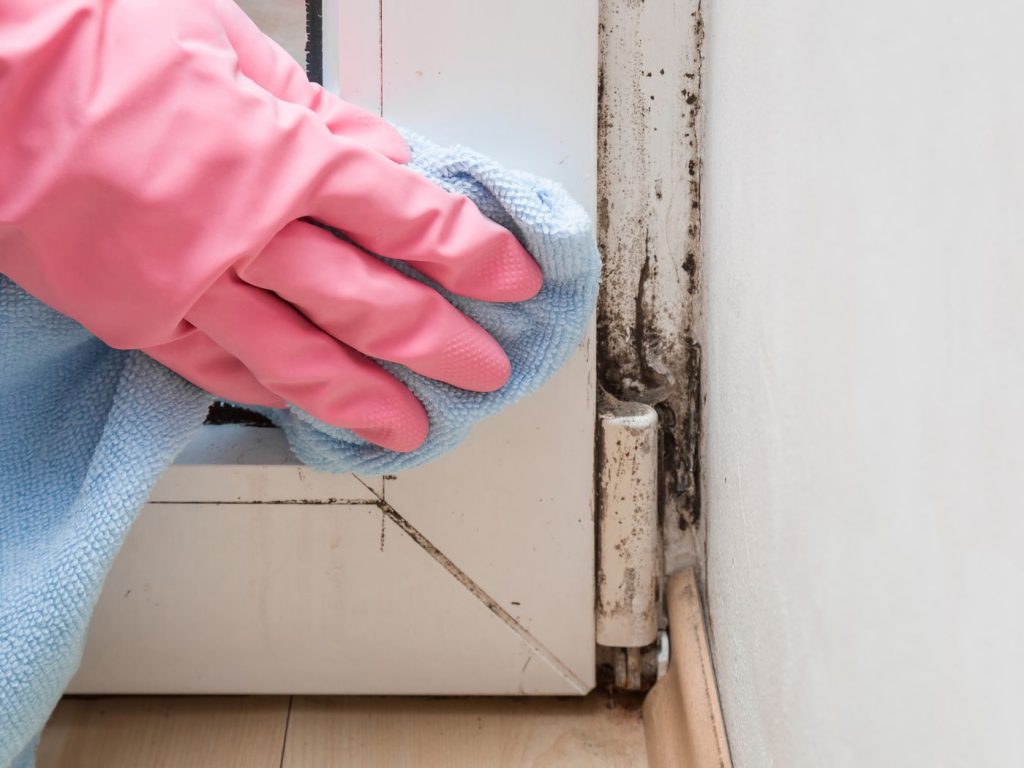Whether you have a problem with damp in your home or office, you can claim compensation for the damage caused to your property. But before you start, you need to know how to find out if you are entitled to make a claim for disrepair. No-win No-fee Housing disrepair solicitors help you in your claim case.
Penetrating damp
Whether you’re planning to move into a new property or you’re a current tenant, you may be able to make penetrating damp and mould claim compensation for damages caused to your property. If you think you might be a victim, you should contact a compensation expert as soon as possible.
Penetrating damp and mould can have a negative impact on the look and feel of your house. It can also cause health problems. It is especially common in older properties that have solid walls. If the problem is not addressed, it will continue to worsen.
Penetrating damp can occur in any type of property, including rented properties. It can be caused by leaking water pipes or defective roofing. However, most insurance companies won’t cover these types of claims.
Rising damp
Having mould in your property can be a serious problem. It can affect your health and cause damage to your belongings. Fortunately, there are steps you can take to combat this.
The first step is to contact a professional surveyor to help you determine which repairs you should do. It can cost a few hundred pounds to get an expert opinion, but it’s well worth the investment.
The best way to tackle damp in your home is to properly ventilate it. A good ventilation system will minimize the condensation that leads to mould. You should also make sure your attic has the right amount of insulation.
The best way to tell if your property has a damp problem is to check your attic for moisture. This can be caused by broken roof tiles, poor plumbing or leaks in your gutters.
Condensation
Taking steps to protect your property from damp and mould is a smart move. You may be surprised to learn that there are actually legal avenues open to you. You can also claim compensation for mould and damp if your landlord fails to live up to their responsibilities.
The best way to go about it is to contact your local authority and let them know you’re having a damp problem. The authorities will most likely be able to provide you with some advice or even issue a ‘notice of damp’ to your landlord.
You may also want to consider contacting a specialist litigation friend. These people can help you make a successful claim and they are typically free.
One of the most important things to remember is to keep a record of all correspondence with your landlord. This includes email and letters sent via the post office. It’s also a good idea to collect evidence of the damage you’ve sustained.
Health problems caused by damp
Several studies suggest that damp and mould may increase respiratory illnesses. This is especially true in the absence of adequate heating and ventilation. People who are exposed to damp and mould are at greater risk of developing allergies and asthma. However, there is insufficient evidence to establish a causal relationship between these conditions.
One study of children reported that exposure to damp and mould exacerbated asthma. This was a well-designed study. Nevertheless, a causal relationship was never established.
An extensive literature has addressed the effects of bacterial spores and fungal mycotoxins. Most in vitro and animal studies address these effects. However, there is insufficient data on the effects of non-microbial chemicals.
The effects of exposures to damp building agents are complicated by synergistic interactions, which can lead to unexpected responses at low concentrations. This makes it difficult to trace specific exposures.
Work out if your landlord is responsible
Having a damp or mould problem can be expensive to fix. It is important to understand what it is, who is responsible and what you can do about it.
If you live in a rented property, you are legally obligated to take appropriate action to protect yourself from the health risks posed by mould and damp. If you are concerned, it is wise to contact your local council to see if they have a specific department dedicated to environmental health.
A damp and mould problem may also be a sign of other issues with the property. In these cases, you need to document the problem in a way that will help your landlord to repair the problem.
The first step in identifying the cause of a damp and mould problem is to find a surveyor. A surveyor can provide you with an accurate report of the condition of your property.
